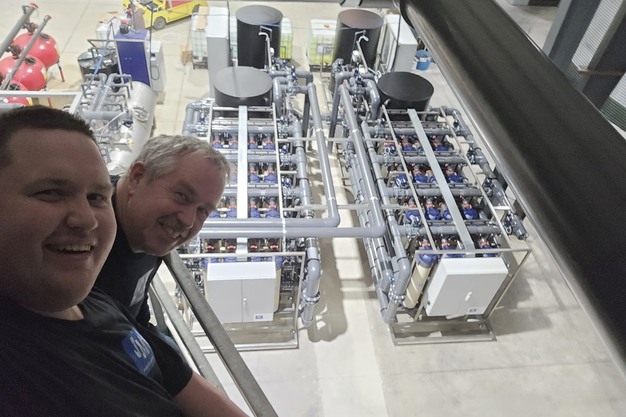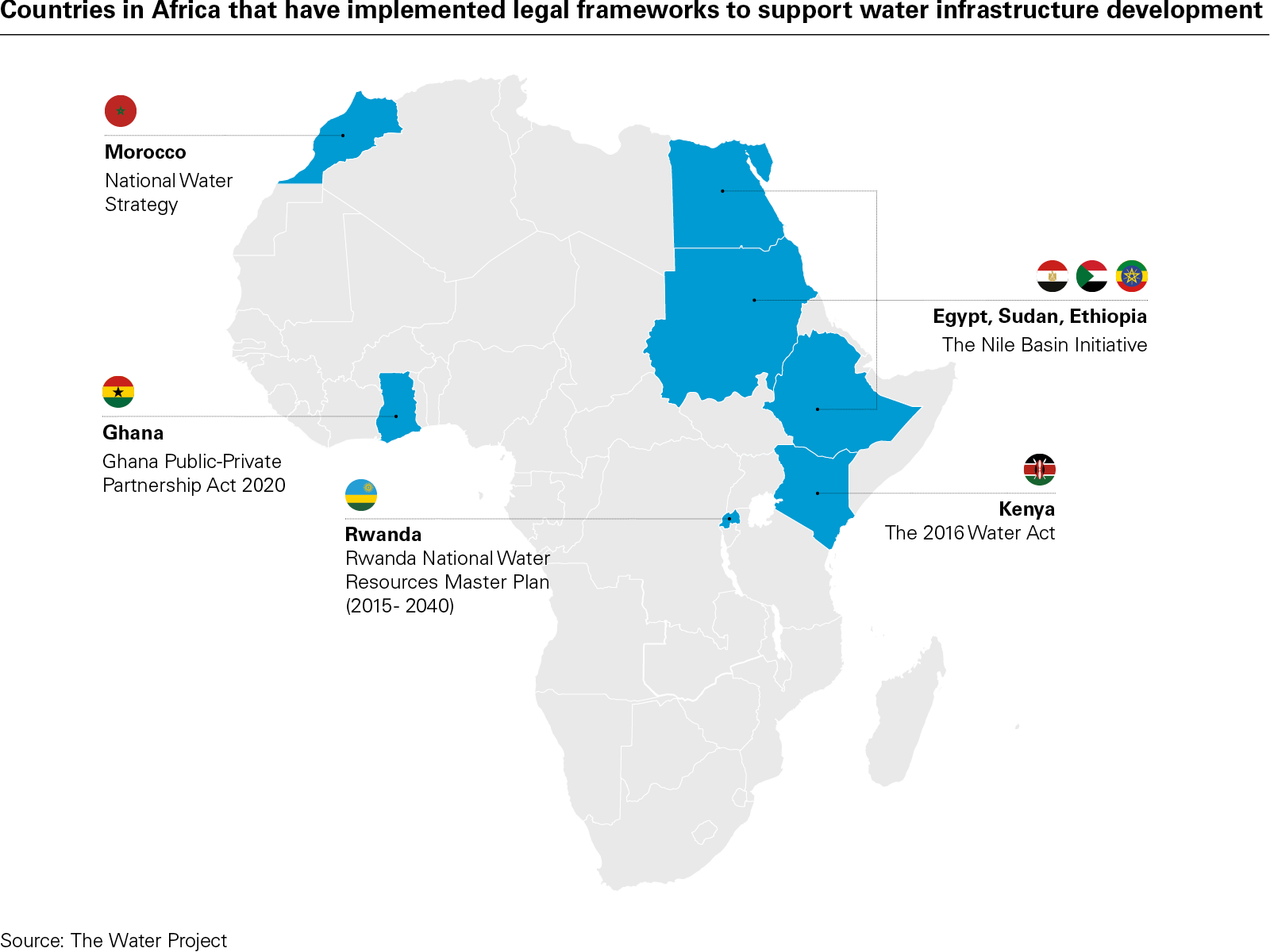Washoe Lake under Harmful Alga Bloom Watch Advisory – Carson Now

Report on Harmful Algal Bloom Advisory at Washoe Lake and Implications for Sustainable Development Goals
Incident Summary
The Nevada Division of Environmental Protection (NDEP) has issued a Harmful Algal Bloom (HAB) Watch Advisory for Washoe Lake, located north of Carson City. The advisory was prompted by preliminary assessments using visual and satellite imagery, with Washoe Lake State Park staff observing a potential bloom along the shoreline. Water quality tests are currently being conducted by the NDEP to confirm the presence and toxicity of the bloom.
Public Health and Sustainable Development Goal 3: Good Health and Well-being
The potential HAB event directly impacts the achievement of SDG 3, which aims to ensure healthy lives and promote well-being for all. The cyanobacteria (blue-green algae) that cause these blooms can produce potent toxins, creating significant health risks for the community.
- Toxic algae exposure can cause serious health complications in both humans and animals.
- Recreational activities are compromised, with advisories for people to swim at their own risk.
- A critical safety measure is to prevent pets and livestock from entering or drinking the water to avoid poisoning.
Environmental Integrity and SDGs 6, 14, and 15
This environmental event highlights critical challenges related to water and ecosystem health, aligning with several Sustainable Development Goals.
- SDG 6 (Clean Water and Sanitation): The bloom degrades the quality of Washoe Lake’s freshwater, threatening its viability as a clean water resource.
- SDG 14 (Life Below Water): HABs can be lethal to fish and other aquatic organisms, disrupting the underwater ecosystem and biodiversity.
- SDG 15 (Life on Land): The contamination poses a threat to terrestrial animals that interact with the lake and undermines the ecological health of Washoe Lake State Park.
The occurrence of HABs, particularly during late summer and early fall in Nevada, points to a recurring environmental pressure that requires sustained management to protect natural resources.
Official Recommendations and Safety Protocols
In response to the advisory, the Nevada HAB Task Force is providing guidance to ensure public safety. Citizens are advised to adhere to the following protocols to mitigate risks associated with the potential bloom:
- Avoid any contact with water that appears discolored, has scum on the surface, or smells unpleasant.
- Keep pets and other animals away from the water’s edge to prevent accidental ingestion or contact.
- Stay informed by consulting official resources provided by the Nevada Division of Environmental Protection for the latest advisories and information.
- Report any potential sightings of algal blooms to the authorities to assist in monitoring and management efforts.
Which SDGs are addressed or connected to the issues highlighted in the article?
- SDG 3: Good Health and Well-being: The article highlights the health risks associated with Harmful Algal Blooms (HABs), stating that “Toxic algae can cause serious health issues for humans and animals.”
- SDG 6: Clean Water and Sanitation: The core issue is the contamination of Washoe Lake, a freshwater body, which directly relates to water quality and the health of water-related ecosystems.
- SDG 14: Life Below Water: The article mentions that HABs are harmful to “aquatic life,” which aligns with the goal of protecting marine and coastal ecosystems from pollution. Although a lake is a freshwater body, the principles of reducing nutrient pollution from land-based activities are central to this goal.
- SDG 15: Life on Land: This goal includes the protection and restoration of freshwater ecosystems. The degradation of Washoe Lake by an algal bloom is a direct threat to an inland freshwater ecosystem.
What specific targets under those SDGs can be identified based on the article’s content?
-
SDG 3: Good Health and Well-being
- Target 3.9: By 2030, substantially reduce the number of deaths and illnesses from hazardous chemicals and air, water and soil pollution and contamination. The article directly connects to this target by describing the HAB in Washoe Lake as a water pollution event that can “cause serious health issues for humans and animals.” The issuance of a “Watch Advisory” is a measure to prevent such illnesses.
-
SDG 6: Clean Water and Sanitation
- Target 6.3: By 2030, improve water quality by reducing pollution. The presence of a HAB, which is “primarily caused by cyanobacteria,” signifies a degradation of water quality. The actions taken by the Nevada Division of Environmental Protection are aimed at monitoring and managing this pollution.
- Target 6.6: By 2020, protect and restore water-related ecosystems, including… lakes. The article focuses on the ecological health of Washoe Lake, a water-related ecosystem threatened by the algal bloom. The monitoring and advisory system are initial steps in managing and ultimately protecting this ecosystem.
-
SDG 14: Life Below Water
- Target 14.1: By 2025, prevent and significantly reduce marine pollution of all kinds, in particular from land-based activities, including… nutrient pollution. HABs are a form of pollution often caused by nutrient runoff from land. The article notes that these blooms are “harmful to… aquatic life,” which is a key concern of this target.
-
SDG 15: Life on Land
- Target 15.1: By 2020, ensure the conservation, restoration and sustainable use of terrestrial and inland freshwater ecosystems. The situation at Washoe Lake is a clear example of a threat to an “inland freshwater ecosystem.” The advisory impacts the sustainable use of the lake for recreation (“swim at their own risk”) and is a response to the degradation of the ecosystem’s health.
Are there any indicators mentioned or implied in the article that can be used to measure progress towards the identified targets?
-
For Target 6.3 (Improve water quality)
- Indicator 6.3.2: Proportion of bodies of water with good ambient water quality. The article implies that Washoe Lake currently has poor water quality. The “Water tests… being done by the Nevada Division of Environmental Protection” are a direct method of measuring this indicator. The issuance of a “HAB Watch Advisory” itself serves as a qualitative indicator of poor water quality.
-
For Targets 6.6, 14.1, and 15.1 (Protect ecosystems)
- Implied Indicator: Monitoring the extent and frequency of Harmful Algal Blooms. The article mentions that “Visual and satellite imagery assessments have indicated a possible bloom” and that staff “observed the potential bloom.” These actions represent a form of monitoring that can track the health of the lake ecosystem over time. A reduction in the frequency or severity of such blooms would indicate progress.
-
For Target 3.9 (Reduce illnesses from pollution)
- Implied Indicator: Implementation of public health advisories and information campaigns. The article describes the “HAB Watch Advisory” and notes that the “Nevada HAB Task Force provides resources and information to help the public stay safe.” The existence and dissemination of these warnings are indicators of efforts to prevent illnesses related to water pollution.
SDGs, Targets and Indicators
| SDGs | Targets | Indicators |
|---|---|---|
| SDG 3: Good Health and Well-being | 3.9: Reduce illnesses from water pollution. | Issuance of public health advisories (“HAB Watch Advisory”) to prevent illness. |
| SDG 6: Clean Water and Sanitation | 6.3: Improve water quality by reducing pollution. 6.6: Protect and restore water-related ecosystems. |
Water quality testing (“Water tests are currently being done”). Monitoring of water body health (“Visual and satellite imagery assessments”). |
| SDG 14: Life Below Water | 14.1: Reduce marine pollution from land-based activities. | Observation and monitoring of algal blooms, which are a form of pollution harmful to aquatic life. |
| SDG 15: Life on Land | 15.1: Conserve and restore inland freshwater ecosystems. | Monitoring the health of the lake ecosystem through observation of HABs. |
Source: carsonnow.org

What is Your Reaction?
 Like
0
Like
0
 Dislike
0
Dislike
0
 Love
0
Love
0
 Funny
0
Funny
0
 Angry
0
Angry
0
 Sad
0
Sad
0
 Wow
0
Wow
0












































































